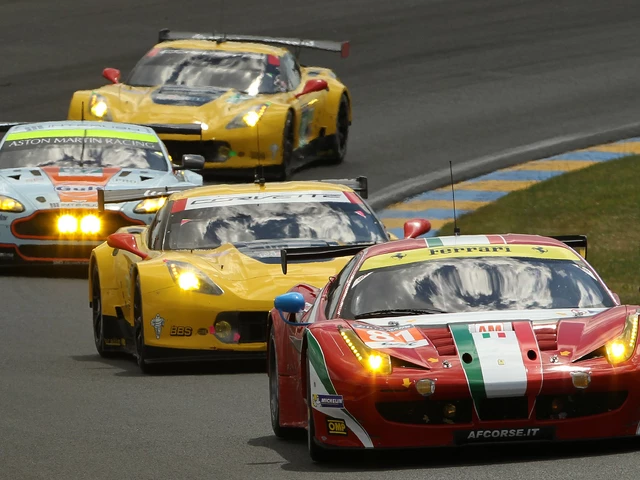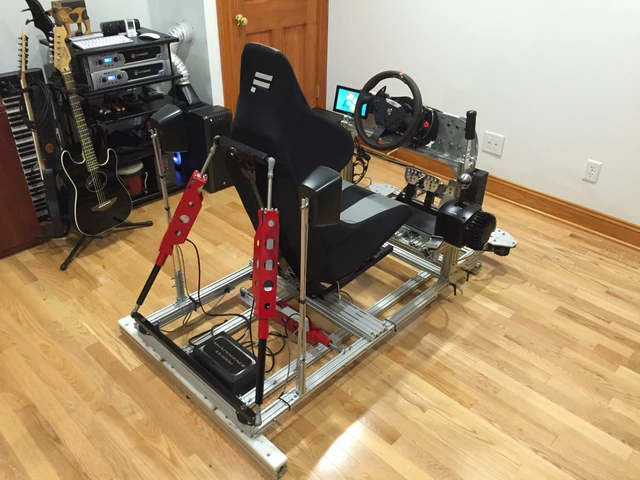Welcome to the Motorsport Hub – Your One‑Stop Spot for All Things Racing
Whether you live for the roar of engines, love tinkering with a home‑built simulator, or are dreaming about a seat on the grid, you’ve landed in the right place. This tag gathers the most useful posts on motorsport, from quick how‑to guides to deep dives on driver salaries. Let’s break down what you can grab right now.
Practical Guides You Can Use Today
Got a spare desk and a thirst for speed? Our "How to build your own racing simulator" guide walks you through the basics: a solid gaming PC, a steering wheel, pedals and a comfy seat. We even toss in optional upgrades like a VR headset or a gear shifter so you can feel the track without leaving your living room.
If you’re stepping onto the track for the first time, the "What does racing line mean in Motorsports?" article shows you the perfect cornering path in three simple steps – enter wide, hit the apex, exit wide. Mastering that line saves seconds on every lap and protects your tires, which is why even seasoned drivers keep it front of mind.
Career Insights and Money Talk
Thinking about turning a hobby into a paycheck? Our "How much do race car drivers make?" post peels back the numbers. Rookie drivers start around $50,000 a year, while top‑tier Formula 1 stars pull in tens of millions, especially once sponsorships join the mix. Knowing the range helps you set realistic goals and plan your sponsorship pitch.
Worried about cash? The "How to start a racing career I don't have money?" article lists low‑cost entry points: local racing schools, trackside jobs, hunting for used race cars, and leveraging social media to attract sponsors. It proves passion plus smart networking can open doors without a giant bank account.
For those who love the technical side, the piece on "How does a gear shifter work in motorcycle drag racing?" breaks down clutch engagement, gear selection and throttle timing. The clear step‑by‑step explanation helps you fine‑tune shifts for maximum acceleration.
Other hot topics you’ll find under this tag include a fun look at why we call top‑level car racing "Formula 1" and how the naming system works, plus a quick FAQ on the cheapest BMW model if you’re scouting a road car that feels sporty without breaking the bank.
All these posts share one goal: give you clear, actionable information without the jargon. Bookmark the page, skim the headlines that catch your eye, and dive into the full articles when you’re ready to learn more.
Got a question that isn’t covered yet? Drop a comment or join our community forum – the more you engage, the richer the hub becomes for everyone who loves motorsport.

What is the purpose of homologation rules in motorsport?
In a nutshell, homologation rules in motorsport act as a fairness guarantee. They stipulate that any car used in racing must be a production model that's available for purchase by the general public, ensuring that all competitors are on a level playing field. It's a way to prevent teams with bigger budgets from gaining an unfair advantage by creating bespoke racing machines. Moreover, these regulations also boost the car industry, as innovations for the race track often trickle down to the cars we drive every day. So, homologation rules are vitally important for both competitive integrity and automotive progress.
CONTINUE READING





